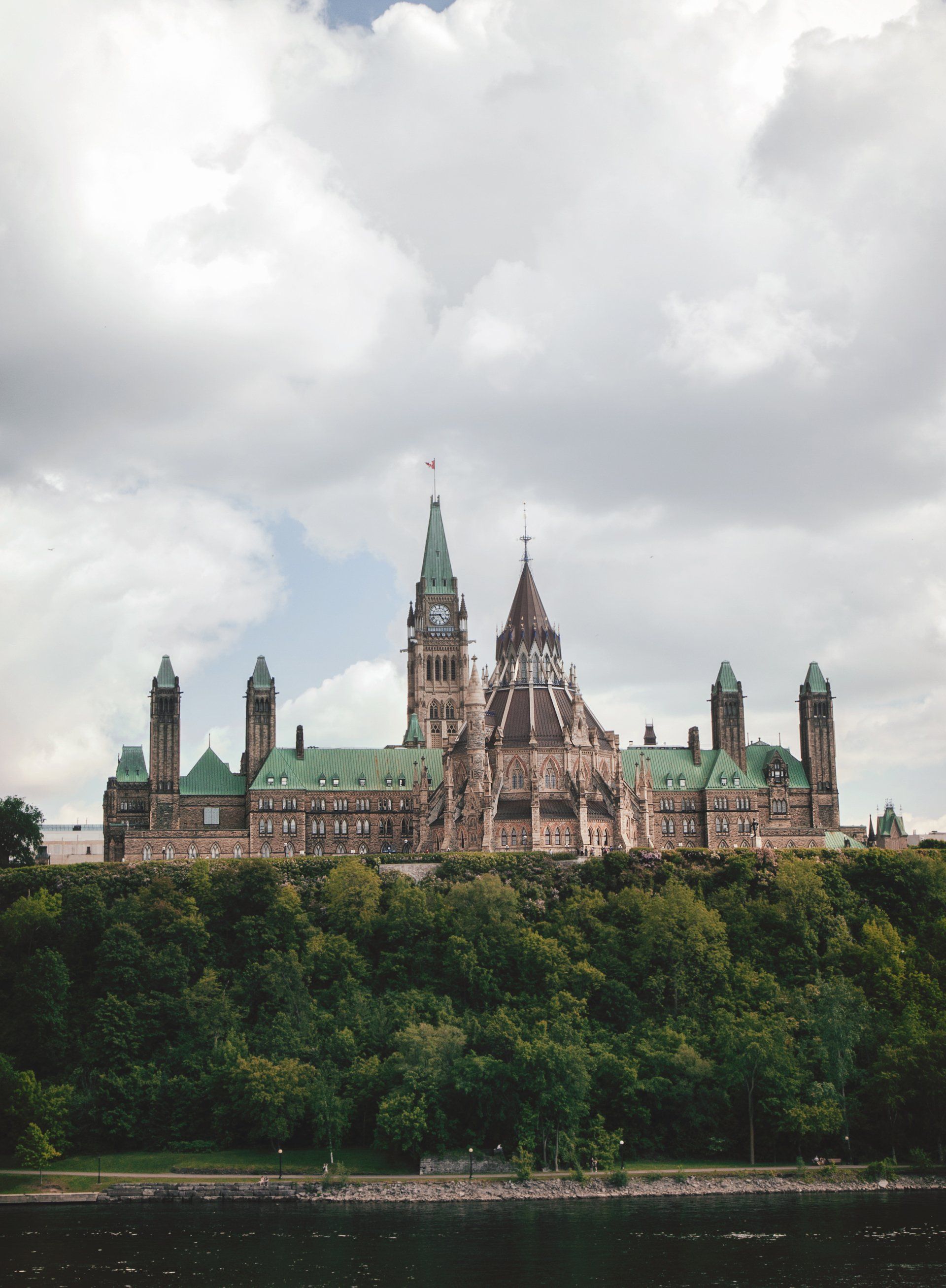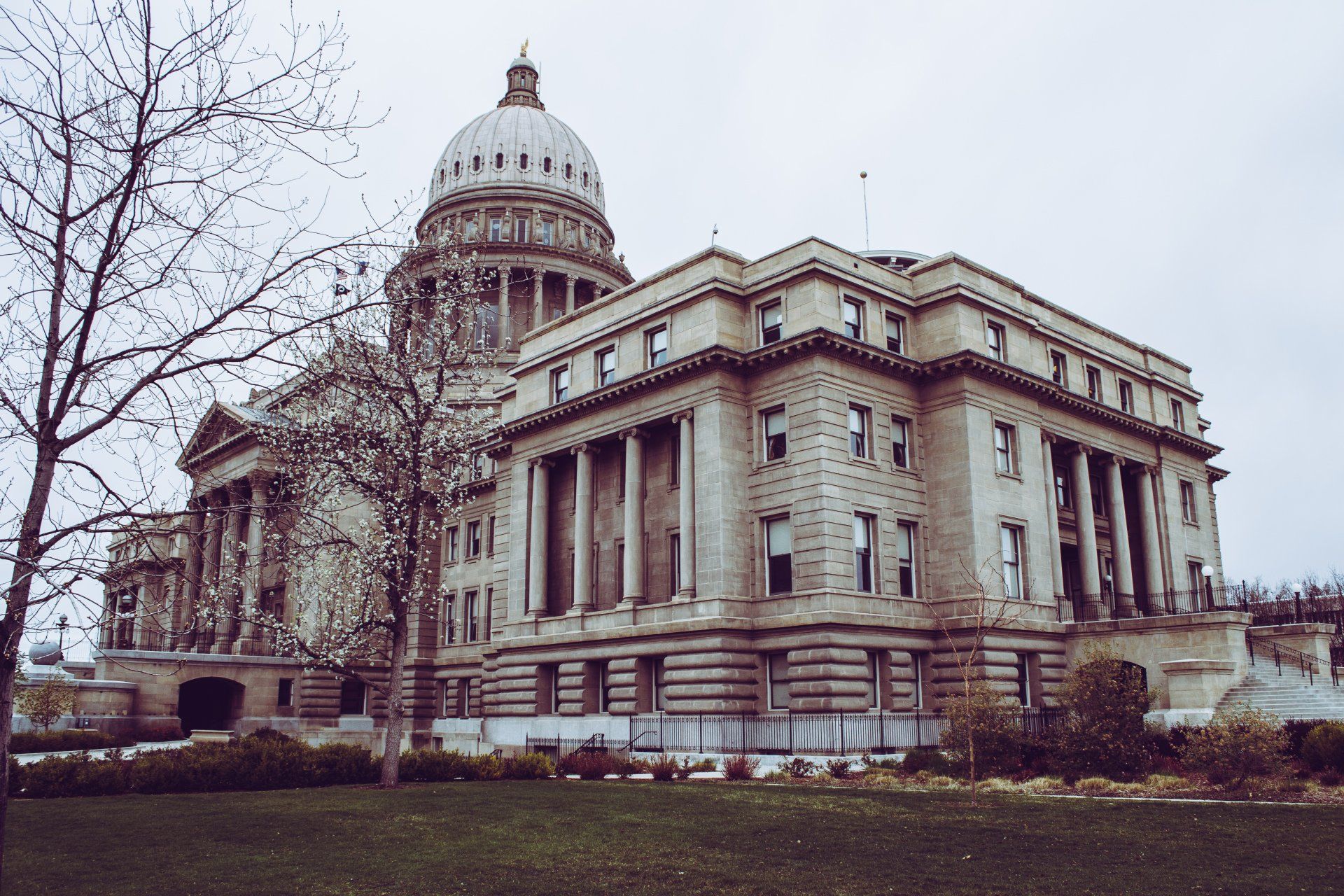Funding Pharmaceutical Research
The Roles of Private and Public Spending
The funding of pharmaceutical research often seems like a mysterious process. Obtaining information can be difficult, especially about private funding. Drug research money is spent by private companies, private foundations, and the federal government to create new drugs.
This article, the third in a series on the pharmaceutical industry, discusses how that funding is distributed, when it is spent, and how it impacts pharmaceutical research, before introducing some of the pros and cons of each approach.
What role do governments, industry, and private foundations play in funding pharmaceuticals?
The federal government, pharmaceutical industry, and private foundations all play a part in funding new pharmaceuticals. In fact, all pharmaceuticals on the market are created with a combination of both public and private funding. Because of this, it can be difficult to determine the role each specific entity has on the funding of pharmaceuticals, but there are some general tendencies of each funding source that can be compared and discussed.
What percentage of drugs have relied on public funding?
It is complicated to determine the percentage of drugs that have relied directly on public funding because all drugs receive public funding somewhere along the line of research and development. About nine percent of new drugs from 1990-2007 were patented by public institutions but then were licensed to private companies to continue their development. Another study showed that 48 percent of FDA-approved drugs from 1988-2007 were associated with a patent [link to article 2, patents] that was originally generated in the public sector, often with prior art (evidence that the drug was publicly known or publicly available). A further study found that National Institutes of Health (NIH) funding was either directly or indirectly involved with every drug that was approved by the FDA in 2010-2016.
How is funding distributed?
The majority of the funding for new pharmaceuticals is based in the private sector. Funding pharmaceuticals is a pricey endeavor and the number of new drugs entering the market has been increasing annually for the past decade. Private investment in the research and development of new pharmaceuticals in the U.S. was up to $83 billion in 2019. For reference, they spent $38 billion in 2000 and $5 billion in 1980. On average, pharmaceutical companies pay about a quarter of their revenues on research and development.
In 2007, U.S.-based foundations invested about
$75 million in biopharmaceutical companies. Funding hasn’t increased much at the government level since 2003, when it raised its allocation for the NIH to $26 billion. Comparatively, the largest philanthropic funder of pharmaceutical research and development is the Wellcome Trust at $909.1 million a year.
Only about twelve percent of the drugs that enter clinical trials are ultimately approved for distribution by the FDA. Every new drug that comes out can cost anywhere from under $1 billion in research and development to over $2 billion, though there are also sources that state that the cost is significantly less, at around $100 million.
Does the distribution of funding impact the types of drugs researched?
Private funding generally looks at three factors when deciding whether to fund a new drug – the potential revenue over the lifetime of the new pharmaceutical, the costs to develop a new medication, and the procedures and policies that may influence the supply and demand for prescription drugs.
In general, there is a trend in drugs recently approved by the FDA to be specialty drugs that treat chronic, complex, or rare diseases, regardless of funding type. They tend to be biologics, which are usually expensive to develop, difficult to replicate, and often have high prices. Biologics are large molecule drugs that are based on living cell lines. This is partially a response to the profit-driven goals of the business and partially because the majority of drugs developed 30 years ago were for more widespread diseases and ailments.
One report found that pharmaceuticals associated with the treatment of infectious diseases were overfunded in the U.S. while treating lifestyle or environmental ailments was significantly underfunded. It was also found that government funding played more of a part in innovative and new drugs rather than “standard review” drugs.
Because pharmaceutical companies front so much of the money for research and development of these drugs, it can be concluded that they will choose to research the drugs that will make them money and prioritize them over the medications that may be better for the public good.
Funding varies depending on the priorities of the public or philanthropic source. For example, the NIH spent more on cancer research than all other types of research combined. However, the Wellcome Trust tends to spend around 14 times the amount on infectious diseases than it does on cancer research.
What does the funding pay for?
There are several activities in the research and development of pharmaceuticals that require funding. First is invention, which is the research and discovery of new drugs. Next is development. Development encapsulates everything from clinical trials and application for FDA approval to the design of production processes for new drugs. There is also incremental innovation, when different dosages and delivery mechanisms for existing medications are determined, plus testing for new indications.
Product differentiation requires funding as well to test the new drug against any existing rival drug to ensure that the new drug is superior. Finally, there are additional clinical trials done after the product has reached the market for safety monitoring. These may be required by the FDA to detect side effects that may have not been observed in the shorter clinical trials required for the development of the drug.
At which stages are certain types of funding most important?
Basic discovery research is usually funded by either government or philanthropic organizations. Later stages of development including clinical trials are often privately funded. There is occasional collaborative support from government entities at this phase. In fact, $3.77 billion from private pharmaceutical companies is spent on grants for clinical trials each year. This is compared to the $750 million spent by the federal government through NIH funding. Needless to say, that while there is some funding for clinical trials through the government, the bulk of the money spent is through the private sector.
What are the pros and cons of public vs private funding of research?
Because there is usually a mixture of both public and private funding in the research and development of all new drugs, this question really is difficult to answer. The pharmaceutical industry is becoming increasingly involved at the basic research end of it, so much so that medical journals have requested that individuals not submit pharmaceutical research unless they are solely responsible for the work and had sole access to the data.Many academic institutions are now permitting pharmaceutical companies to attach strings to their research. Such strings might allow the companies to design the trials, write the papers, review the papers before publication, and even retain and analyze the data.
In the end, the different types of funding for pharmaceutical research are so tied together between public and private entities that it is difficult to determine which one is better or worse. Of course, pharmaceutical companies have different priorities than government and philanthropic funding, but since all of the drugs that become FDA-approved and enter the market have both private and public funding involved in their creation, there’s no real way to state which is better and which is worse. Both of them are involved and that’s just how things are done with regards to funding pharmaceutical research in the United States.


